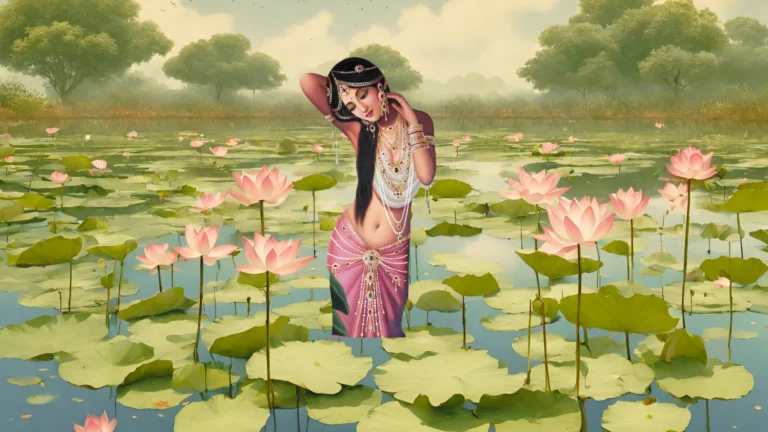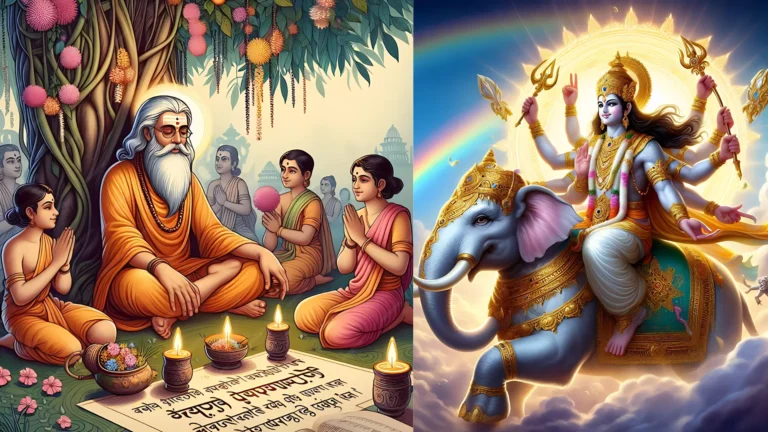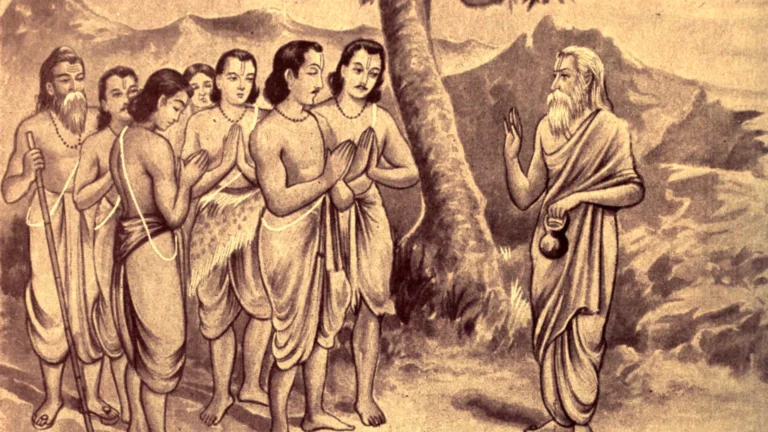Please Like the Blog and Share it for Maximum Reach
Table of Contents
The 7 Insights on Pralaya Nasha
- The meaning and definition of Pralaya.
- Misconceptions about dissolution after each Yuga.
- Effects of dissolution across the 14 realms.
- The spiritual vs. material impact of dissolution.
- Naimittika Pralaya as partial destruction.
- Prakritika Pralaya as elemental dissolution.
- Atyantika and Nitya Pralaya as absolute and perpetual states.
Sanskrit to English Definition of Universal Dissolution
Universal Dissolution (प्रलय) or universal dissolution is a term that we come across very commonly in the Indian subcontinent. It is a common term used in Kathas, of Bhagavata Purana and Harivamsa Purana, both in northern and southern parts of India.
So, Pralaya Nasha is a Sanskrit Term meaning- destruction, dissolution, absorption, annihilation and death. The word Universal Dissolution has its roots entrenched in Vedic Wisdom. It is an inseparable concept of time, which ought to be present in any Purana, you randomly choose to read.
Universal Dissolution is directly connected with the Theory of Creation. As a matter of fact, every person who takes birth dies. Similarly, all that exists, perish at some point. This is Pralaya or final dissolution. However, different pralayas have different intensities of dissolution.
A Myth about Universal Dissolution
There is a common myth about the occurrence of Universal Dissolution and that is-
Pralaya Nasha occurs after every Yuga. But, this is not true. Universal Dissolution happens only at predefined times, as mentioned in the Puranas. From Krita Yuga to Dvapara, From Dvapara to Treta and from Treta to Kali Yuga, there is a smooth transition.
The environmental weather experiences enhancements or degradation.
There is a change in the cosmic atmosphere and in the individual mentality of people.
Like for example in this Chatur Yuga cycle, when Sri Krishna descended for his abode, Goloka Vrindavana , the entire atmosphere grew dull.

Trees turned dark and the clouds poured torrential rains on earth. The atmosphere sulked and emitted gloomy vibes. There were many other symptoms that marked the transition from Dvapara to Kali Yuga. You will find a detailed description of this transition in the Bhagavata Mahapurana.
There was a decay and no total destruction where earth was bereft of human beings. The lineages of early men exist even today. But, due to the change of the Yuga, there is a sudden drop in the thought, words, and deeds of people of all clans, be it prestigious or not. There is no apparent violence or signs of Mahapralaya.
Universal Dissolution in 3 Lokas or the 14 realms
Creation has three states of existence and hence categorized within 3 realms or Lokas-
Heavens or celestial plane, Earth, and the netherworlds.

This is the earthly platform, the first, Bhu Loka. This plane consists of gross existence as well as a subtle existence. The gross state is our current state of physical awareness while subtler states of existence are on the platforms of deep sleep, waking and dreaming. There is another grosser existence (below waking consciousness) which is of the nether world at 6 levels namely Atala, Vitala, Sutala, Talatala, Rasatala and Patala.
Then there are 6 subtler levels (supra mundane subtle state beyond waking consciousness). They are namely Bhuh, Bhuvah, Suvah, Mahah, Jana, Tapa, Satyam which come together as the higher world.
In a nutshell, there are 14 levels or realms of existence.
They include this 1 earthly plane, the 6 lower planes and the 7 higher planes, grouped as 3 Lokas ( Lower, Earthly and Higher).
So, when Pralaya happens there is an annihilation of these 14 known worlds, which represent primarily the worlds from the grossest to the subtlest realm of material existence.
In simple terms, Pralaya is the name given to the process of dissolution of all physical and subtle existences. The word “material” essentially indicates there is a state of existence beyond the material.
It is the spiritual realm. But, keep in mind that dissolution or Universal Dissolution only occurs in the material realm. The spiritual realm does not experience Pralaya.
Test your Alignment with the Spiritual Subject Matter (only 7-8 Questions)
The scores generated in this Quiz are relative. There are no right or wrong answers. A percentage towards 100 indicates that you are more aligned to the overall subject matter.
Brief Introduction of Pralaya in Vishnu Puran
There are 4 types of Universal Dissolution as per the Vishnu Purana. They are Naimittika, Prakritika, Atyantika, and Nitya as per the said scripture. Creation, as per the Vedic Scripture is beginningless and so dissolution is also endless.
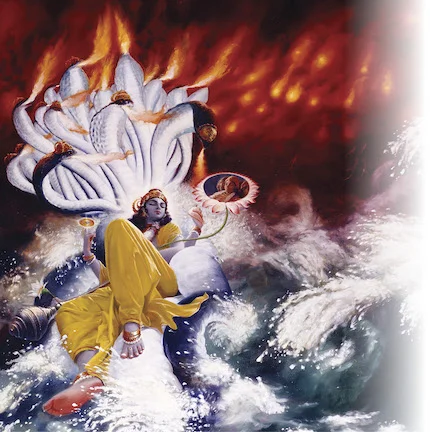
The cycles of Creation and Dissolution continue to happen from time immemorial.
The Vishnu Purana openly claims that it is Lord Vishnu alone who is the Supreme Creator and the Supreme Destroyer. He is the cause of causes and He Himself is beyond Srishti and Pralaya.
Universal Dissolution in Book-6 of Vishnu Puran
-Naimittika: Also called occasional dissolution or partial dissolution which involves destruction of the 3 lokas namely Bhu, Bhavh and Suvah.
-Prakritika: Also called elemental dissolution. Famously known as the Mahapralaya.
However, it cannot be considered absolute dissolution as there is no knowledge of the spirit element. However, this marks the absorption of all elements, laws of nature, physical structures, phenomena, etc.
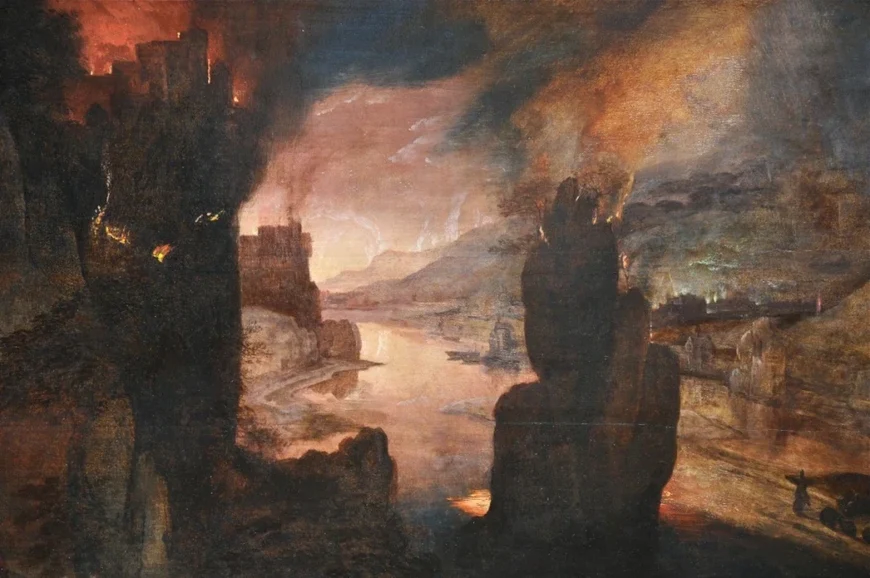
-Atyantika: This is called absolute dissolution. It is called so because there remains no trace of matter in the field of consciousness of a living entity. All that one knows of is the spirit. Matter’s existence vanishes from the field of consciousness forever as the soul attains the spiritual abode.
-Nitya: It is called perpetual dissolution.
When we go into deep slumber we experience distancing from matter. This is Nitya Pralaya. But, Vishnu Puran does not explain this Pralaya in detail.
Please Like the Blog and Share it for Maximum Reach



